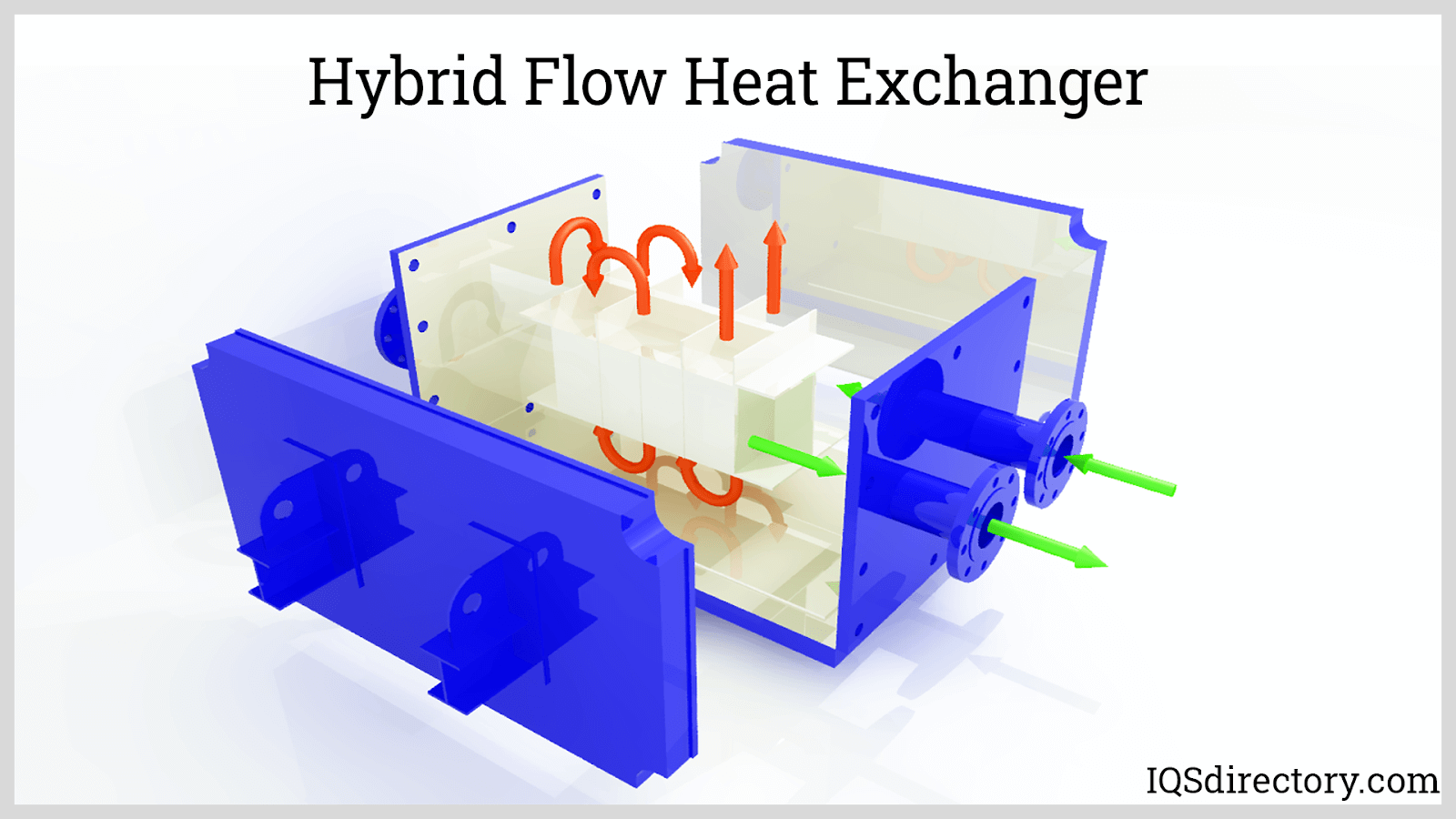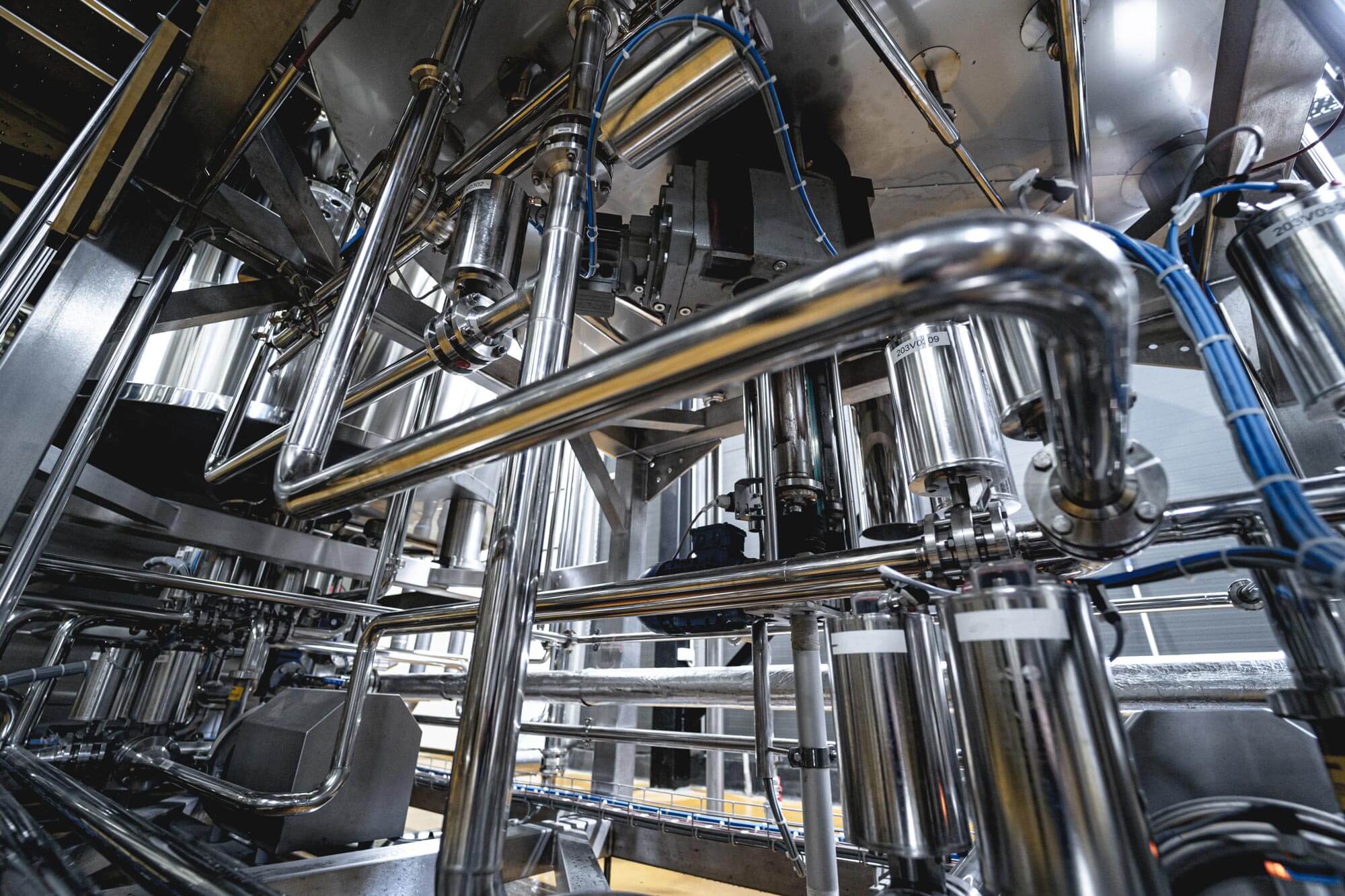A Comprehensive Guide to Using DVS Heat Transfer Systems in Renewable Energy Projects
The Role of Heat Transfer Solutions in Sustainable Energy Solutions for the Future
Heat transfer systems are important in the mission for lasting energy options. They maximize thermal power administration, improving the effectiveness of renewable technologies. By using systems like convection, radiation, and conduction, these systems minimize power losses. Their duty in solar thermal and geothermal applications is especially significant. As innovations arise, the capacity for additional innovations raises vital concerns concerning future power techniques. What developments will form the landscape of sustainable power?
Recognizing Heat Transfer Equipments

The Value of Thermal Energy Management
Effective thermal power monitoring is essential for optimizing energy performance and reducing waste in numerous systems. By managing temperature and enhancing Heat transfer procedures, organizations can considerably minimize power intake and operational costs. Efficient monitoring entails the execution of advanced innovations and techniques that keep track of and control thermal problems within systems, guaranteeing that power sources are made use of successfully. In addition, correct thermal energy monitoring contributes to reducing greenhouse gas emissions, aligning with worldwide sustainability goals. It additionally boosts system integrity and efficiency, leading to enhanced product high quality and longer devices life-span. Ultimately, focusing on thermal energy management is an essential action in the direction of creating more sustainable energy solutions and cultivating a liable strategy to power intake in commercial and household contexts.
Applications of Heat Transfer in Renewable Power
While numerous sustainable energy sources promise sustainability, the efficient application of Heat transfer plays an essential role in their performance. In wind power systems, Heat transfer is made use of for generator part air conditioning, improving performance and longevity. Geothermal power depends on efficient Heat exchange in between the earth's subsurface and the fluid circulating in the system, maximizing energy removal. Biomass power processes likewise profit from Heat transfer, as it assists in converting natural products right into useful gas with pyrolysis and gasification. Additionally, in hydropower, maintaining ideal temperatures in storage tanks can enhance energy outcome. Each of these applications shows the vital significance of Heat transfer systems in improving renewable power technologies, eventually adding to a more lasting energy future.
Enhancing Solar Thermal Power Performance
As solar thermal power systems remain to develop, boosting their performance has actually come to be important for making the most of power output. Breakthroughs in Heat transfer modern technologies, such as enhanced thermal storage space materials and cutting-edge Heat exchangers, play a considerable duty in improving efficiency. By utilizing sophisticated products that have exceptional thermal conductivity, systems can move and capture Heat much more properly. Additionally, incorporating radar that adhere to the sunlight's path assurances that collection agencies receive suitable solar direct exposure throughout the day. Utilizing nanotechnology in solar absorbers can additionally raise energy absorption rates. In addition, incorporating automated control systems assists control temperature levels and manage power distribution successfully, bring about lowered losses and boosted total system performance. These enhancements lead the way for even more lasting solar thermal power solutions in the future.
Geothermal Heating: A Sustainable Remedy
Geothermal heating offers a sensible option for sustainable energy, supplying significant ecological benefits via decreased greenhouse gas emissions. Its efficiency and cost-effectiveness make it an eye-catching option to standard furnace. Challenges related to execution has to be resolved to optimize its prospective impact.
Ecological Advantages of Geothermal
Conventional home heating techniques contribute substantially to greenhouse gas discharges, geothermal heating provides an engaging option that lessens environmental impact. By harnessing the Earth's inner Heat, geothermal systems make use of a renewable resource source, noticeably minimizing dependence on fossil gas. This method generates marginal carbon discharges, making it a cleaner option for household and business heating. Furthermore, geothermal systems advertise energy effectiveness, as they need much less power compared to traditional heater. DVS Heat Transfer Systems. The utilization of geothermal energy likewise helps in lowering air contamination, boosting local air top quality and public health. As a sustainable service, geothermal heating sustains environment change reduction efforts, positioning itself as an important component in the change towards a greener future
Effectiveness and Cost-Effectiveness
How does geothermal home heating measure up in terms of effectiveness and cost-effectiveness contrasted to traditional furnace? Geothermal home heating demonstrates exceptional performance, usually accomplishing a coefficient of efficiency (POLICE OFFICER) of 3 to 5, implying it creates 3 to five systems of Heat for every unit of power eaten. This efficiency translates right into reduced operating costs, specifically in regions with steady geothermal sources. Preliminary setup expenses can be higher than traditional systems; nonetheless, long-term cost savings on power costs and lowered maintenance costs can offset these ahead of time investments. Furthermore, numerous federal governments incentivize geothermal systems with rebates and tax obligation credit reports, enhancing their cost-effectiveness. Generally, geothermal home heating emerges as a sustainable and economically feasible option to even more conventional home heating solutions.
Implementation Difficulties and Solutions
Numerous challenges can hamper the prevalent execution of geothermal heater, in spite of their clear advantages as a sustainable power option. High first installment great site prices often hinder house owners and investors, making funding a considerable obstacle. Additionally, the geographical restrictions of ideal geothermal sites limit availability in particular regions. Regional laws and permitting processes can additionally complicate job growth, leading to delays. Public recognition and understanding of geothermal systems stay low, impeding approval. To address these obstacles, targeted education campaigns can boost open secret, while federal government rewards could minimize economic problems. Working together with local authorities to simplify guidelines may promote smoother project approvals, eventually promoting the adoption of geothermal heating as a practical, sustainable power alternative.
Innovations in Heat Transfer Technologies
Innovations in Heat transfer innovations play a vital duty in boosting power effectiveness and sustainability. Advanced Heat exchangers and stage change products go to the forefront of these developments, offering substantial renovations in thermal management. These innovations not just enhance energy usage however additionally add to minimizing environmental influence in different applications.
Advanced Heat Exchangers
Advanced Heat exchangers play a learn the facts here now necessary duty in enhancing energy effectiveness throughout various applications in sustainable power services. These devices facilitate the transfer of Heat in between two or even more liquids, significantly reducing power consumption in processes such as industrial heating, air conditioning, and power generation. Advancements in products and layout, such as making use of nanofluids and small setups, have brought about improved thermal efficiency and reduced dimension demands. In addition, developments in digital surveillance and control systems permit optimized procedure, further raising effectiveness. By lessening waste Heat and maximizing energy healing, progressed Heat exchangers add to lower carbon footprints and support the shift toward eco-friendly technologies. Their continued growth is important for accomplishing international power sustainability objectives.
Phase Modification Products
The combination of phase change products (PCMs) into Heat transfer technologies represents a significant development in power administration and effectiveness. PCMs soak up and launch thermal power throughout their stage modifications, enabling reliable temperature level regulation in structure materials and power systems. By keeping excess Heat throughout optimal periods and releasing it when demand increases, PCMs add to pack changing and energy conservation - DVS Heat Transfer Systems. This ability improves the efficiency of eco-friendly power systems, specifically in solar thermal applications. Additionally, PCMs can enhance the thermal convenience of indoor atmospheres, reducing reliance on standard home heating and cooling down methods. As technologies in PCM solutions proceed to emerge, their function in sustainable energy remedies is positioned to expand, using appealing opportunities for future research and application

Future Leads for Heat Transfer in Sustainable Energy
As the need for lasting power solutions remains to increase, weblink the duty of Heat transfer systems is becoming progressively essential in shaping future modern technologies. Innovations in materials and layouts are anticipated to boost efficiency in Heat transfer, reducing power losses in numerous applications. The combination of advanced thermal storage space systems, such as stage change materials and thermochemical storage, will allow much better administration of energy sources. Research right into nanofluids and biomimetic Heat exchangers might further optimize thermal performance. Furthermore, the fostering of smart innovations will certainly permit real-time monitoring and flexible control of Heat transfer processes. These developments are poised to greatly add to the overall efficiency and sustainability of power systems, leading the way for a more energy-efficient future.
Regularly Asked Inquiries
How Can Individuals Carry Out Heat Transfer Solution in your home?

People can implement Heat transfer systems in your home by installing energy-efficient home appliances, using radiant heat, and optimizing insulation. These steps boost energy effectiveness, lower prices, and promote lasting techniques in residential settings.

What Are the Expenses Linked With Installing Heat Transfer Systems?
The expenses related to installing Heat transfer systems vary extensively, typically incorporating equipment, installment labor, and upkeep. Elements such as system kind, home dimension, and neighborhood guidelines significantly influence the total expenditure entailed.
Exist Federal Government Motivations for Heat Transfer System Installations?
Federal government rewards for Heat transfer system installations differ by region and can include tax obligation credits, grants, and rebates. These monetary benefits aim to encourage fostering, inevitably promoting power performance and reducing environmental impact within communities.
How Do Heat Transfer Equipments Influence Energy Costs?
Heat transfer systems especially affect power costs by enhancing energy effectiveness. By enhancing the transfer of Heat, these systems minimize energy usage, bring about lower energy prices and creating an extra sustainable strategy to energy monitoring.
What Upkeep Is Required for Heat Transfer Equipments?
Maintenance for Heat transfer systems includes normal inspections, cleaning of components, inspecting liquid levels, guaranteeing appropriate insulation, and replacing used components. These jobs assist preserve effectiveness, prevent malfunctions, and extend the system's functional lifespan.
These systems facilitate the activity of thermal power from one tool to an additional, making it possible for the transfer of Heat for energy, home heating, or cooling generation objectives. Geothermal energy relies on reliable Heat exchange between the planet's subsurface and the fluid distributing in the system, taking full advantage of power removal. In addition, geothermal systems advertise power efficiency, as they need less power contrasted to standard home heating systems. Advanced Heat exchangers play an important role in improving power efficiency across various applications in lasting energy remedies. Heat transfer systems notably influence power expenses by enhancing power effectiveness.